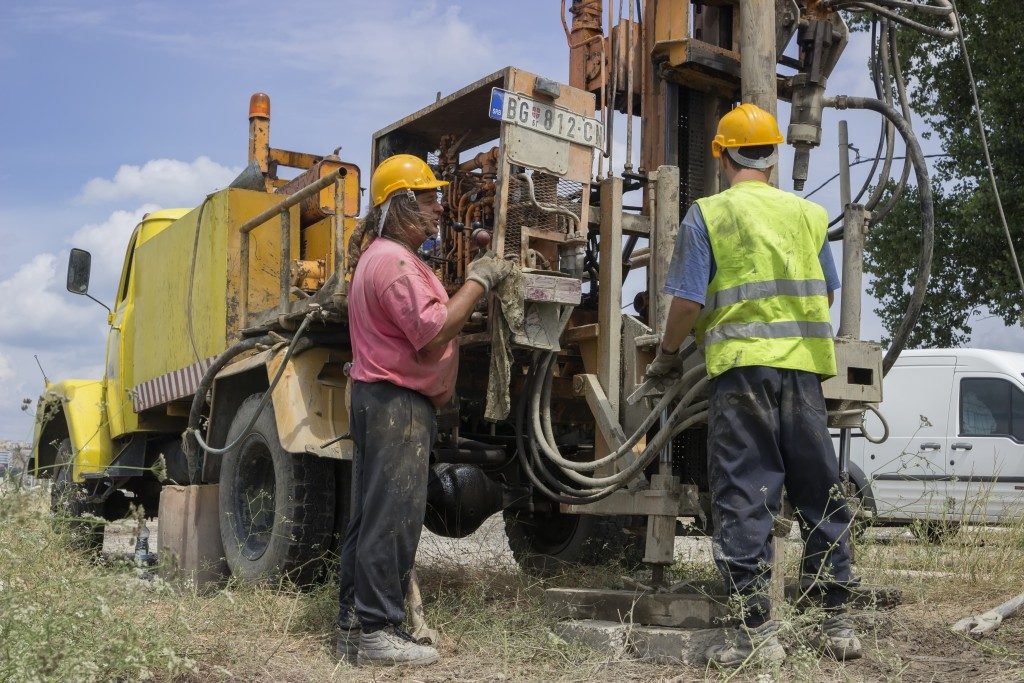The mining industry’s reluctance to invest in new projects primarily caused private spending on infrastructure to fall in 2018 when the value of projects reached almost $680 billion based on an analysis. Several factors may have caused the decline.
For instance, the upcoming elections could have dampened the interest of the private sector. As uncertainty over new regulations become part of a new administration, many decided to wait and see how the election’s results will affect the economy.
On the other hand, the housing sector remained in the midst of a building boom despite certain challenges. This helped in delivering more affordable properties for Australians, although more needs to be done.
Cost-Saving Measures
Deloitte Access Economics released the report, and it showed that the value of infrastructure spending in the previous year fell by 8.7 per cent, or equal to around $65 billion compared to the figure in 2017. Despite the economy’s performance, good business revenues and low interest rates, private companies restrained their expenditure plans.
One reason for this stems from the increased construction costs in the country, especially in capital cities. If you plan to buy heavy machinery, it may be wiser to lease it instead of acquiring a brand new set.
Some suppliers offer different fleets of equipment such as an excavator plant for hire. You could choose a dry hire option, which only involves a lease on the machine. A wet hire equipment includes the equipment along with a skilled operator.
Spending by State

New South Wales ranked as the top spender on infrastructure projects over the last year. Public and private construction in the state rose by 9.7 per cent to $153.5 billion. Deloitte warned that 2019 might be the peak period for construction, as certain projects are already near completion.
These include the $3 billion NorthConnex and $2.1 billion Sydney light rail project in the central business district. In Victoria, infrastructure spending only reached $103.5 billion, but it recorded the highest year-over-year increase at 29.2 per cent.
The value of construction projects in the state has been increasing in the past two years, particularly investment in offices, school infrastructure, and residences. The situation is different in Western Australia as spending fell by 22 per cent to $122.3 billion.
Housing Construction Boom
Housing developers somehow bucked the trend of smaller investments in 2018 based on the Housing Industry Association’s (HIA) Affordability Index. The index cited the building boom’s role in improving the level of affordable housing in several capital cities.
In fact, the home construction segment has been growing for the past five years with over 200,000 properties already under construction, according to HIA senior economist Geordan Murray. As more homes become built, there would be a continuous need for heavy machinery and construction equipment.
Private infrastructure spending in the country will likely pick up once again after the end of the elections. If expensive costs discourage you from launching new projects, consider how rental equipment would reduce your overhead costs during the construction phase.
Read more at Lean And Green Business.

